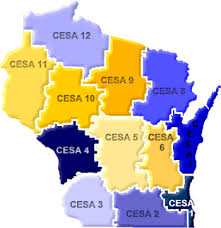Ed Tech Data Summary
The Wisconsin Digital Learning Plan (c2016) provides school districts strategies for making learning more meaningful and relevant for students, more accessible for economically disadvantaged students, and more cost-effective upon implementation. The focus, throughout the Plan, continues to be learning environments that are equitable, personalized, applied, and engaging. DPI is pleased to present the Digital Learning data (2017-2018 school year) for K-12 schools in Wisconsin! DPI asked 55 questions covering all five gears of the Plan. This site presents the results from eleven of those questions believed to be of greatest interest to stakeholders across the state to support data-driven technical and instructional leadership. DPI has compiled the survey responses of 423 Wisconsin school districts, which represent participation by over 95% of all Wisconsin school districts.
-
75% of school districts have built wireless networks that are ready to support mobile learning in all of their buildings.
-
District use of the Digital Learning Plan (40% of districts) and the Future Ready dashboard (25% of districts) is still developing across the state.
-
In two-thirds of districts, teachers receive 20 hours or less of technology-related professional learning.
-
In almost a third of all Wisconsin school districts, fewer than 70% of students do not have internet access at home.
